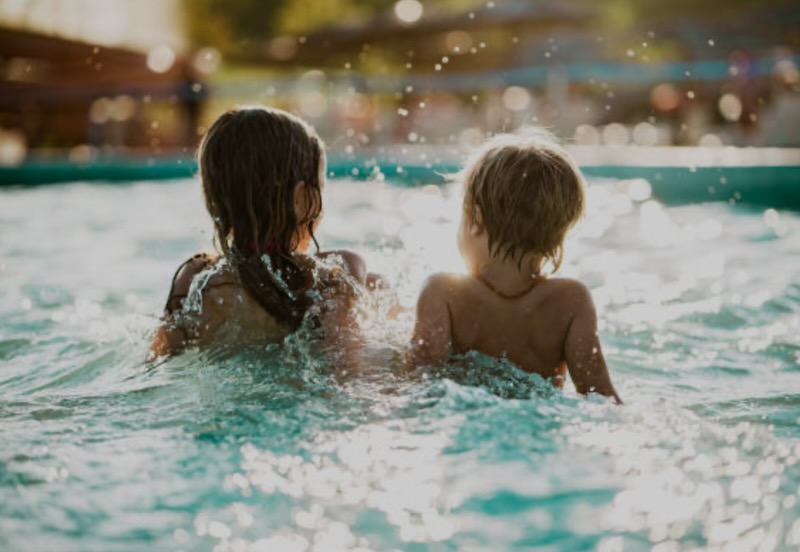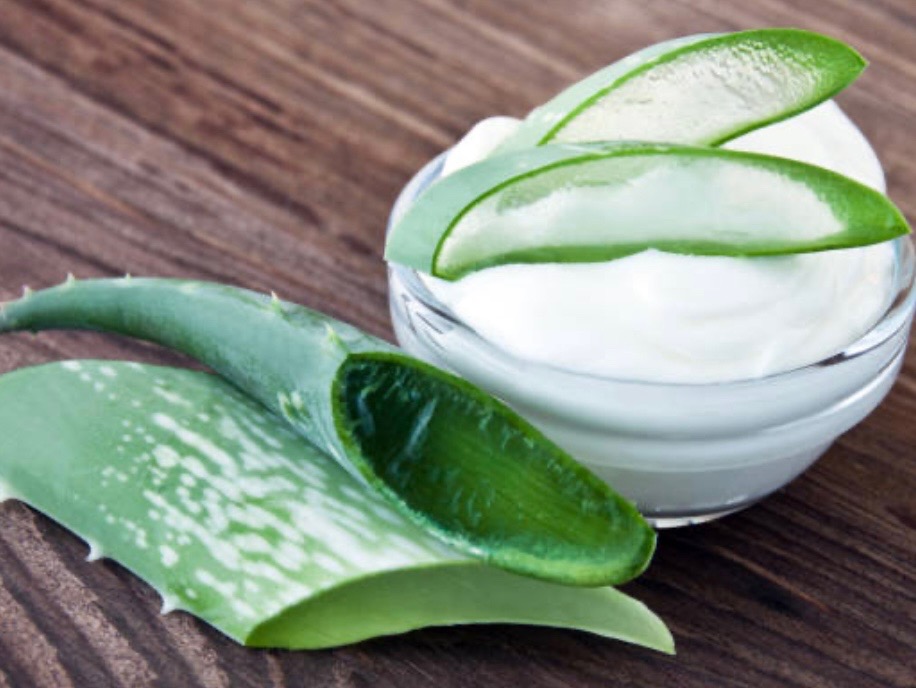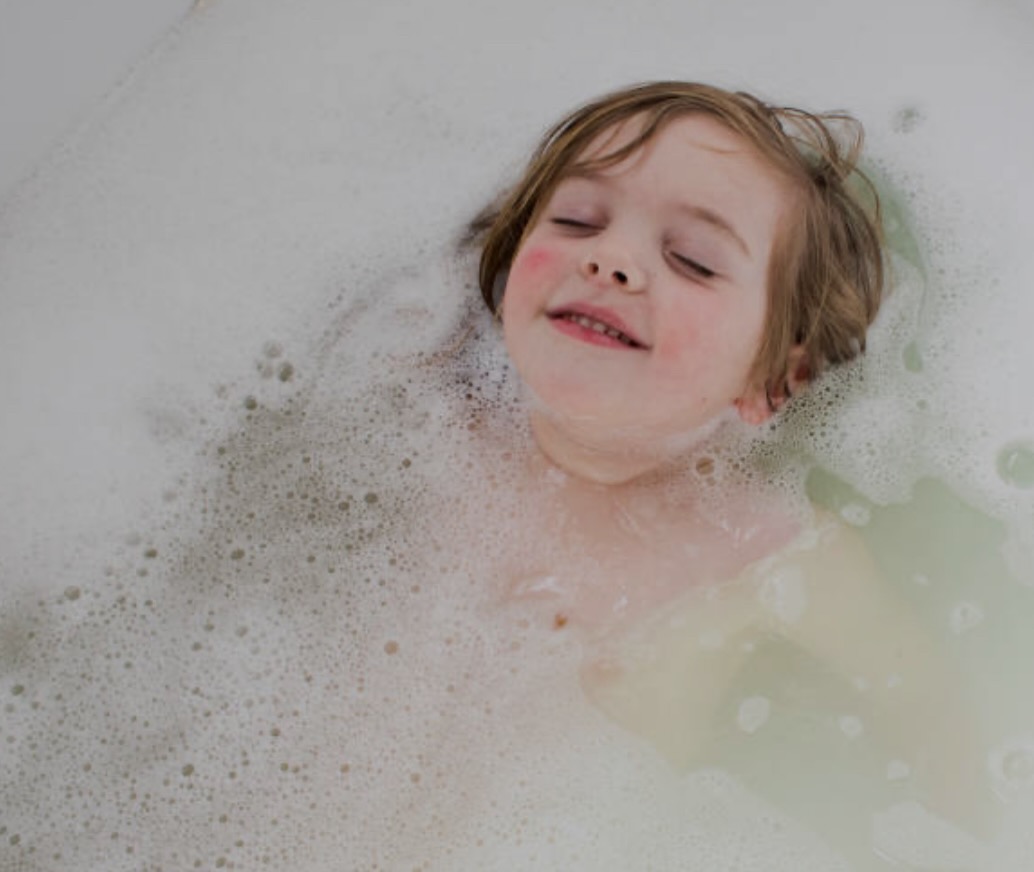Addressing Chlorine and Saltwater Effects with Gentle Post-Swim Skin Care
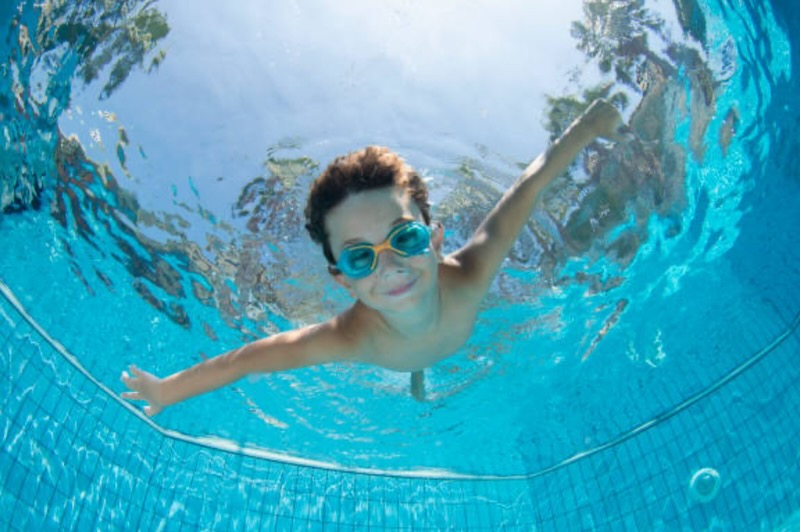
Swimming is an excellent activity to keep kids active, help them to cool down and have fun, but have you ever felt how their skin became dry or itchy after swimming? And, whether they were playing around in a chlorinated pool or riding the ocean waves, their sensitive skin requires some post-swim care. So, let us take a stroll through why after-swim skincare is a must and how you can maintain the skin of your little one healthy and happy following dermatologist-recommended advice and pediatricians suggestions.
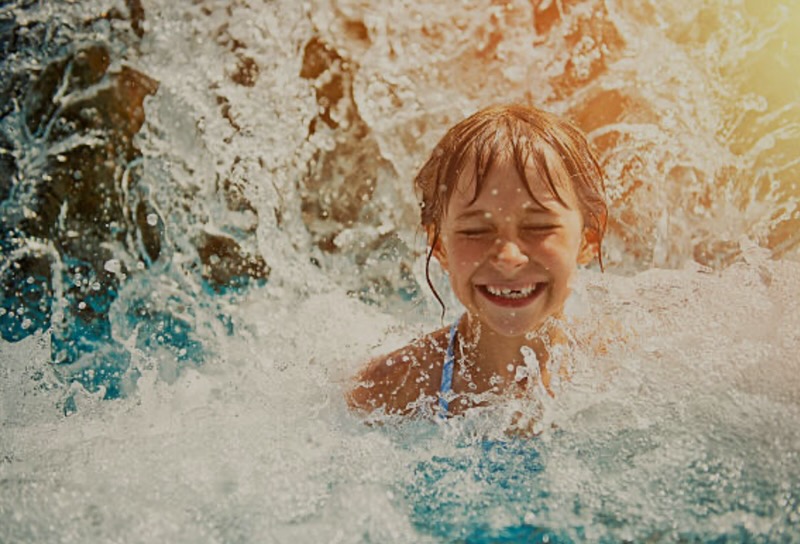
Why Swimming May Damage the Skin of Kids
Children skin is fragile, it is thinner and more sensitive than the adult one. Chlorine, which is applied to maintain cleanliness in the pools, removes the natural oils, leaving the skin dry and in some cases rashes. According to a 2019 study published in Dermatologic Clinics, chlorine may cause the weakening of the moisture barrier of the skin, particularly among children. They both can cause itchiness, redness, or outbreaks of a condition such as eczema. By taking proper post-swim care, you may safeguard the skin of your kids and maintain it healthy.
Post-Swim Skin Care
Taking care of your child’s skin after swimming can be easy, and it’s backed by recommendations from dermatologists and pediatricians! Here’s a simple solution to keep their skin happy and healthy.
Rinse Off: After swimming, chlorine and saltwater can stick to your little one’s skin and cause irritation. To keep their skin from drying out, the American Academy of Dermatology (AAD) suggests rinsing them off right away to wash away those irritants.
How to Do It: Give your child a good rinse with fresh, lukewarm water, covering their body, face, and hair. If you’re at the beach or pool, look for an outdoor shower or bring along a jug of fresh water. When drying off, use a soft towel and gently pat their skin to avoid any irritation.
A great tip from my friend is to always carry a reusable water bottle. It’s perfect for rinsing off her kids after a swim and is super handy when there aren’t any showers around!
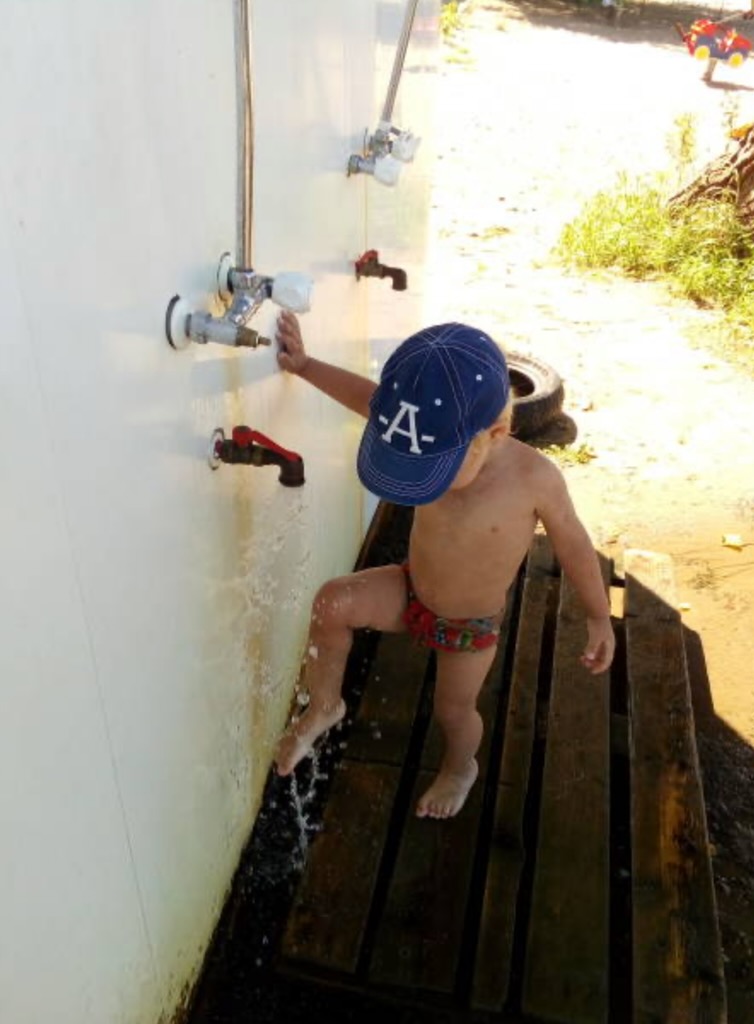
Rinse and then cleanse with a gentle cleanser to get rid of any remaining chlorine, salt or sunscreen. A 2020 article in Pediatric Dermatology recommends fragrance-free, soap-free cleansers to prevent additional drying of the sensitive skin of kids like CeraVe Baby Wash & Shampoo: Gentle, hydrating, and fragrance-free for sensitive skin and Aveeno Baby Daily Moisture Wash: Soothes and cleans without stripping natural oils.
Hydrate by using moisturizer.
The chlorine and saltwater evaporate the moisture in the skin making it dry and tight. Applying moisture immediately after cleaning the skin allows you to trap moisture and restore the barrier. In a 2021 study in Pediatrics, post-swim moisturizer was shown to eliminate dryness and irritation in children by up to 50%.
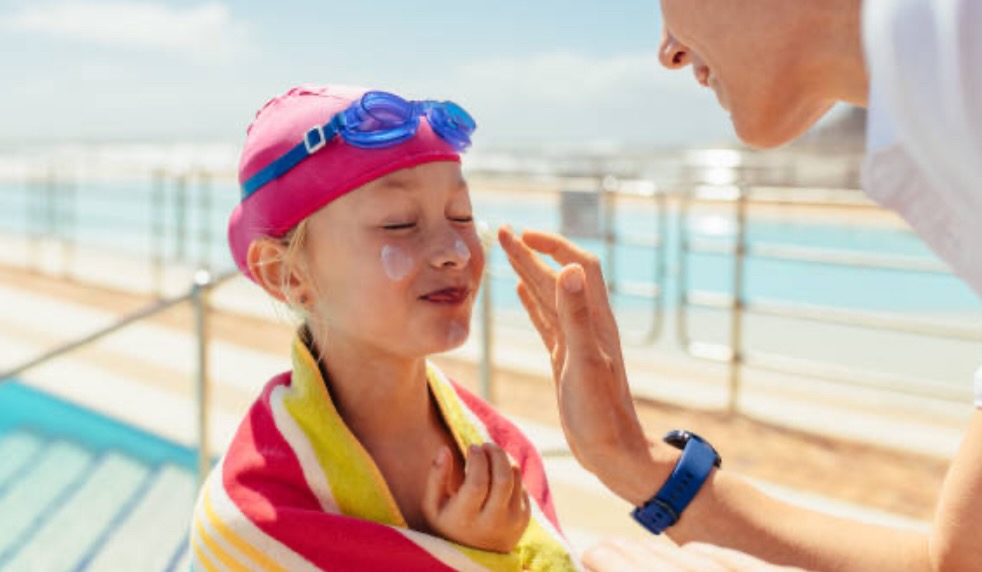
The Concern of what becomes of the skin after swimming:
Chlorine the common bacteria killer in pools can: Disturb the ordinary pH balance of the skin remove natural oils which make skin soft and supple Causing a tight, or itchy feeling after swimming Salt water of the ocean or sea can: Although a bit more helpful to acne prone skin, ocean or sea salt water can:
In case the skin of your child is red or experiences an itch, the problem could be chlorine or saltwater. According to the AAD, chlorine may cause rashes such as hot tub rash and saltwater may leave the skin feeling raw. Prompt treatment can soothe these problems. Use a cream with aloe vera or chamomile to reduce redness and itching. for intense itching, a 0.5% hydrocortisone cream can be used, nevertheless, consult a pediatrician beforehand. Desitin Maximum Strength Diaper Rash Cream: 40% zinc oxide for strong protection in the diaper area and Cortizone-10 Kids Soothing Aloe Cream: Gentle itch relief (consult a doctor before use).
Sunburn for kids
When swimming, it usually implies being in the sun, and the water reflects UV rays, causing a higher risk of sunburn. According to the Journal of the American Academy of Dermatology (2018), to reduce the damage, it is recommended to cool and hydrate the skin after sunburn. apply a fragrance-free moisturizer or aloe vera gel to soothe the skin. I remember this time we were swimming in the lake, and someone told me to try out Banana Boat Aloe Vera Gel. It felt super refreshing and hydrating, perfect for soothing sunburns!
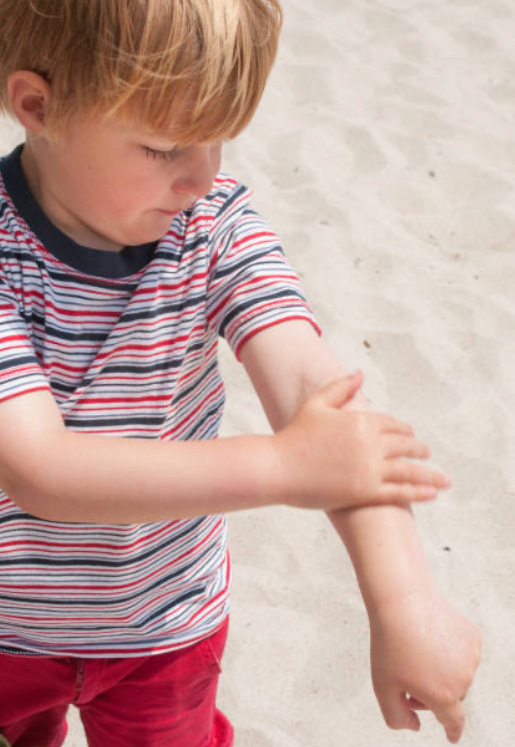
Scalp and Hair Care
Chlorine can dry out children’s hair and scalp, leading to dryness or itchiness. On the other hand, saltwater can cause hair to become tangled.
To restore hydration, use a gentle shampoo and conditioner. Additionally, apply a small amount of fragrance-free moisturizer to help relieve a dry scalp. Encourage kids to drink water after swimming to support skin health.

The majority of skin problems that appear after swimming could be treated at home, yet a pediatrician or dermatologist should be consulted in case:
A rash is extreme, blister-like, or contagious.
Dr. Shefali Tuli, a Pediatric Dermatologist, says, “Post-swim care is essential to take care of the skin barrier.” “Applying a ceramide-containing lotion, fragrance-free, after bathing can help a lot, particularly in children prone to swimming.”
A recent article released in The Journal of Pediatric Dermatology states that regular moisturization and mild cleansing can decrease the irritative effects of chlorine and help to avoid the destruction of the skin barrier.
Post swim skin care suggestions on your kids are simply about quick and easy steps in counteracting the dehydrating effects of chlorine and salt water on your kid. Cleanse, hydrate, wash or bath Kids can dive in and enjoy the water while their skin stays healthy and happy!
Please note: This material and the content and information in it contains are not intended to, and do not constitute, medical or other health advice or diagnosis and should not be used as such. Consult an experienced doctor or healthcare provider for some of the issues in your individual situation.
